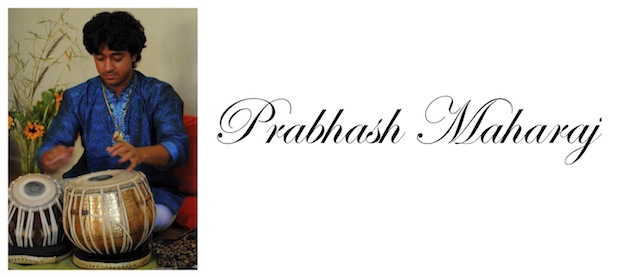

Banaras Gharana
 |
|||||
Banaras Gharana |
|||||
|
This page is my personal tribute to the Benares tabla gharana (Benares is also sometimes written as Banaras,
and the city is now officially known as Varanasi; its ancient name is Kashi). First, is a chart showing the various guru-shishya
lineages within the gharana (you will probably need to scroll sideways to see it all); next are biographies and photos of
some famous Benares gharana tabla players.
The Benares tabla gharana was developed a little over 200 years ago by the legendary Ram Sahai began studying the tabla
with his father from the age of five. At the age of nine, he moved to Lucknow to become the disciple of Modhu Khan of the
Lucknow gharana. When Ram Sahai was seventeen years old, Wazir Ali Khan, the new Nawab, asked Modhu Khan if Ram Sahai could
perform a recital for him. Modhu Khan agreed, on the condition that Ram Sahai would not be interrupted until he finished playing.
It is said that Ram Sahai played for seven consecutive nights. After this incredible performance, Ram Sahai was praised by
all the members of the community and was showered with gifts. Shortly after this performance, Ram Sahai returned to Benares.
After some time performing in Benares, Ram Sahai felt the need to make a significant change in his tabla playing. For six
months, he withdrew into seclusion, and worked to develop what is now known as the Benares baj or style of tabla playing.
The philosophy behind this new style of tabla playing is that it would be versatile enough to perform solo, and to accompany
any form of music or dance. The tabla would be able to play delicately, as required for khyal, or more aggressively, like
pakhawaj, for the accompaniment of dhrupad or kathak dance. Ram Sahai developed a new way of fingering the tabla strokes;
especially important is the sound Na, being played with a curved ring finger to allow for maximum resonance of the dahina.
He also composed numerous compositions within existing compositional forms (gats, tukras, parans, etc.) and created new forms,
such as uthan, Benarsi theka, and fard.
Today, the Benares tabla gharana is well known for its powerful sound, though it is important to note that Benares players
are also very capable of playing delicately and sensitively. The gharana is categorized into the Purbi (eastern) baj, which
includes the Farukhabad, Lucknow, and Benares gharanas. The Benares style makes use of the more resonant strokes of tabla,
such as Na (played on the lao), and Din. Benares players preferentially use the full-hand TeTe strokes, rather than the single
finger alternation preferred by the Delhi style, though both stroke types are integrated into the Benares baj repertoire.
Benares tabla players are successful in all forms of tabla playing, including tabla solo, instrumental, vocal, and dance accompaniment.
The tabla solo is highly developed in the Benares gharana, and some artists, such as Tabla Rishi Late Pandit Nanhku Maharaj,
Pandit Sharda Sahai, Pandit Kishan Maharaj, and Pandit Samta Prasad, have become famous as tabla soloists.
The Benares baj makes use of over twenty different compositional types, and has an enormously varied repertoire of each
type.
|
||||||||||